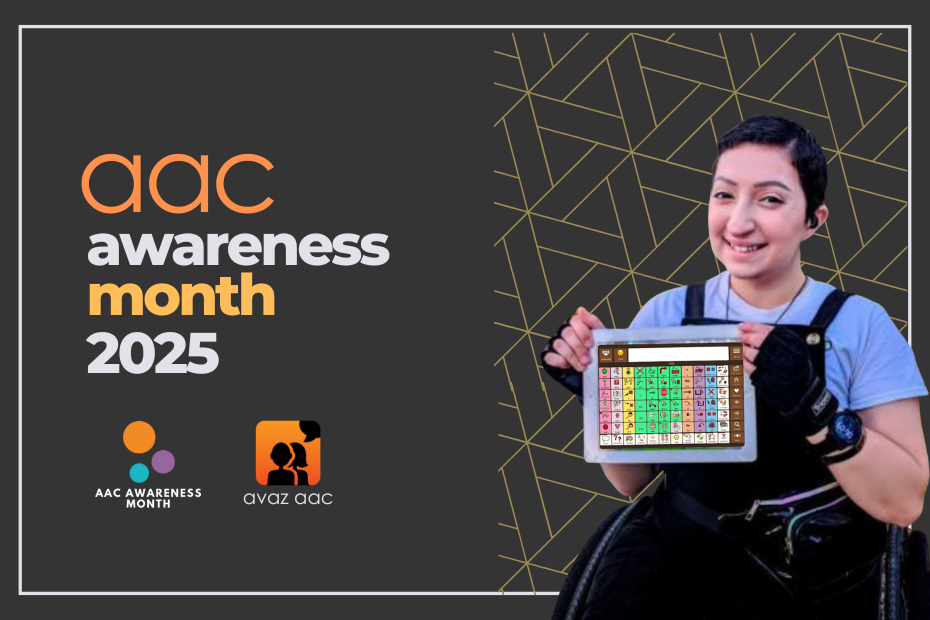Speech and language help with social skills and enables children to interact with others in their community and life. For children with difficulties in speech and language development, Speech Therapy at home becomes an important aspect of their development. It helps to facilitate the child’s sense of happiness and well-being. It also enables the child to communicate their thoughts, emotions, and feelings clearly.
Parents and caregivers are a crucial component in the success of early speech and language building interventions. Hence it is important that they try to supplement the professional therapy being received, with some home-based interventions of their own.
Speech therapy at home can be done efficiently by creating activities that provide stimulation and opportunities that foster language skills. video modeling, role-playing games , specific therapy apps, social stories, and other modalities can be used to target social skills. The use of aided communication with these strategies improves social skills which is also crucial in the development of speech.
Team Avaz has put together some tried and tested activities that encourage language building skills in your child at home. As parents and caregivers, you can use this as a starting point for supplementary speech therapy interventions.
Encourage Conversation
Regular storytelling sessions with your child can go a long way in promoting communication. Instead of asking simple Yes or No question, you can ask them open-ended and thought-provoking questions such as, “What will you do if you see a big black panther?”. You can add the images in your AAC device and ask them to select their response. This activity can also be done using PECS or any other low-tech communication system.
Reading
Reading is one of the most important activities that promotes the language development and enables communication. You can start with a simple story book or take pictures of the pages in your AAC device.
As you narrate the story, you can ask questions about the pictures. To ensure they understand and identify the images with the appropriate words, you can enable the voice output as the child taps on the image. This acts as a reassurance and lets the child know that they have selected the right word.
Listen, Listen carefully
Do you remember playing “telephone” as a child? Turns out, it is an excellent way to teach your child to listen to your words and relate them in a conversation later. To jog up your memory, here’s how you play the game. Have your child and friends get into a circle. One person whispers a word to the other and that person whispers that word to the next person and so on. The goal of this game is to end up with the same ending word as the starting word. When your children are talking to you, offer thoughtful responses so that you validate the children’s language, as well as their ideas and feelings. This serves as a positive stimulus and encourages them to communicate further.
Make it FUN
Children learn better when the process is fun. Ensure that each session of your speech therapy is something your child looks forward to and wants to actively participate. Gamify your activities and include little treats when your child communicates something. Providing positive feedback enables the child to communicate more and they feel validated.
Are there ways by which you have attempted to supplement your child’s speech therapy at home? Please share your thoughts and the techniques that have helped you in the comments section below, so that our community can benefit from your ideas!
References:



